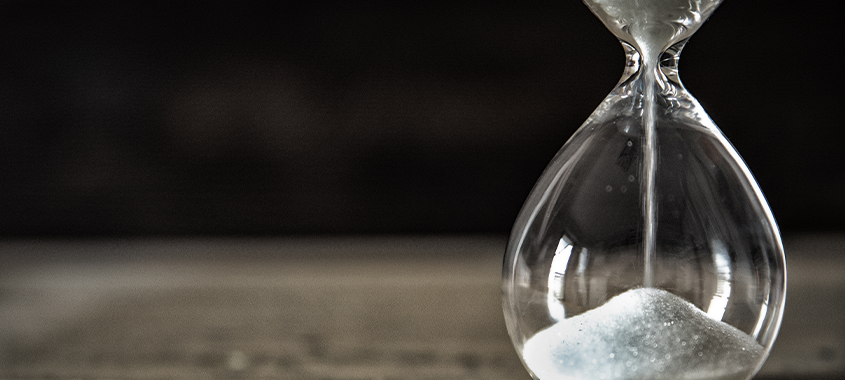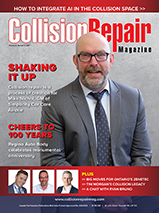INNOVATION NEVER STALLS
IN THIS INDUSTRY, IT CAN’T AFFORD TO
BY ALLISON ROGERS
I recently attended my first-ever SEMA Show, despite being a member of the aftermarket space for well over three years. While I was plenty warned about the sheer size and spectacle of the event, I was wowed nonetheless.
I spent most of my time in the South and Central Halls, perusing the collision repair and refinish; racing and performance and wheels/accessories sections. The sights and sounds alone could be overwhelming to some: the whoosh of spray gun samples, sparks of automated welders and the occasional bang! from the dent-repairing booths, for three examples.
Some of the most impressive equipment in the collision repair space was on display at the SEMA Show. Pro Spot brought a few AI-driven welders to show attendees what the future of welding could look like—the i5s already offers extensive automation capabilities. Repairify brought its teeny tiny “dongle”, the asTech Mini.
If you’ve yet to meet with peers or discuss the technology at the forefront of the repair process, you needed to get on the phone about ten years ago. You need knowledgeable sources to solve the conundrums of today, from ADAS calibration and artificial intelligence-driven claims to refinishing and drying processes for EVs and beyond—there are countless verticals to educate yourself on, should you choose to keep informed. As we step into the future of vehicle repairs, every collision industry stakeholder has a choice to make; hop aboard or hop off—that’s how Collision Repair columnist Stefano Liessi put it in his June 2021 magazine column, if you want his opinion (you’re entitled to it, as he would say).
The truth is, in today’s world of collision repair, you must be prepared to not only possess the top tools of the trade but to nurture them. You need partners, a network of sources you can trust to point you in the right direction. You must build relationships with trusted paint partners, tool suppliers and industry spokespeople. You must stay ahead of the curve—never stop looking toward the future—and include your team in that vision. The cliche is true: teamwork makes the dream work. Rest easy knowing your staff has the training and knowledge required to repair vehicles with ease, precision and speed. Lose a pound of stress knowing that your bottom lines are blooming. The carefully curated products in Collision Repair mag’s 2022 Buyer’s Guide can help you do just that. Step into the future with the products featured in this annual edition.






















